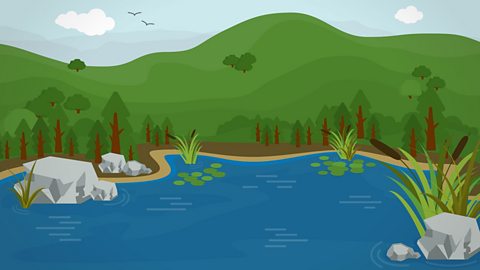What is a coast?
A coast is a strip of land that meets the sea or the ocean.
The UK is surrounded by the North Atlantic Ocean, the North Sea, the Irish Sea and the English Channel.
Watch: Explore the coast of Blackpool and Giant’s Causeway
Find out more about the coastlines of Blackpool and the Giant's Causeway in the UK.
Did you know that in the UK, you're never more than 113km away from the sea. Which is good, because I like to be beside the seaside!
My name's Charlie and today I'm exploring the UK's coasts.
I'm in Northern Ireland, at a place called the Giant's Causeway. There are about 40,000 of these columns made of a really hard rock called Basalt, all fitting together like an enormous puzzle.
For a long time, no one could explain how they got here, so stories were told about a giant called Fin McCool who built the stone bridge or causeway all across the sea to Scotland and this is all that is left of it. But the real explanation is even stranger.
It is a really cold day today, but if I dug down closer to the centre of the Earth, it would get much hotter. So hot, that rock actually melts.
Sometimes if there is a gap in the Earth's crust, the molten rock called magma bursts out of the ground onto the surface, where it is called lava. And that's exactly what happened right here about 60 million years ago.
Lava flowed across the land and as it cooled and got harder, cracks began to form like you get in dried mud and by the time the rock was completely solid, it had split apart to make these amazing columns.
People come here all the time to see this beautiful coastline, but because the Giant's Causeway is so unusual, it is looked after really carefully so that no one is allowed to build shops or houses here.
But over in Blackpool, it is very different. This part of the coast has been changed by all the people who've been coming here on holiday for the last 200 years.
Hotels, souvenir shops, amusement arcades, piers and a tram system were built and to protect the town from the sea, an 11km wall was constructed along the coastline.
If you're ever visiting a coast, why not look out for the ways it has been shaped by nature and all the ways it has been changed by people.
See you next time. Bye!
Coasts of the UK
- The North Sea surrounds Scotland, Belgium, Netherlands, France, Denmark, Norway and Germany.
- The English Channel is found between England and France.
- The Irish Sea is between England, the Isle of Man, Northern Ireland and the Republic of Ireland.
- The North Atlantic Ocean is next to Europe, Africa and North/South America.
Comparing coastlines
Coasts are changed by nature and humans.
Changes can be caused as the sea erodewear away the land. Because of these changes, coasts have many different features, such as beaches, cliffA high area of rock with a very steep side, often next to the sea., islands and caves.
Some cities and towns have been built on coasts. Other coastal areas are protected because of their natural beauty, the animals and plants found there and their importance for scientists.
At river mouthWhere the river meets the sea. and bay A section on the coast, where the land curves inwards. there are often fishing and trading portA town with a harbour, where ships load and unload goods..
Some coastlines that are further away from houses and businesses are unspoilt and can be visited by walkers.
Here are two different coastal areas and the reasons why they are both important:
The Giant's Causeway
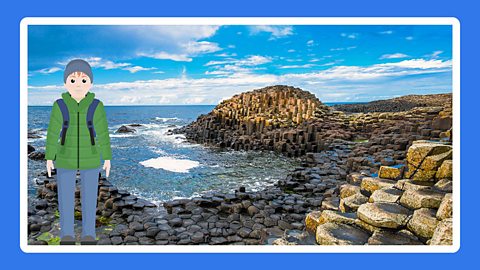
Image caption, The Giant’s Causeway, Northern Ireland
The Giant’s Causeway is a UNESCO World Heritage site. People see this area as very special, which means they cannot live there.
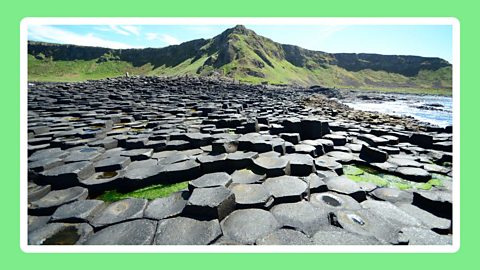
Image caption, Basalt rock at the Giant's Causeway
The Giant’s Causeway is a coastal area with basalt rocks that look like columns. It was created by a volcano.
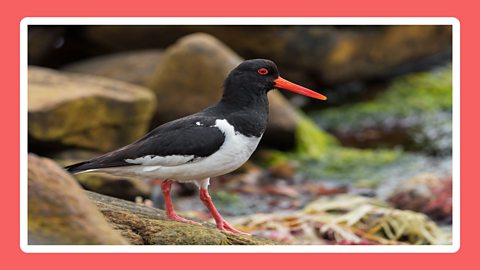
Image caption, An oystercatcher
Many plants and animals live on the Giant’s Causeway. Rare plants, beetles, bees and butterflies can be found here and birds such as this oystercatcher.
1 of 3
Blackpool, North West England
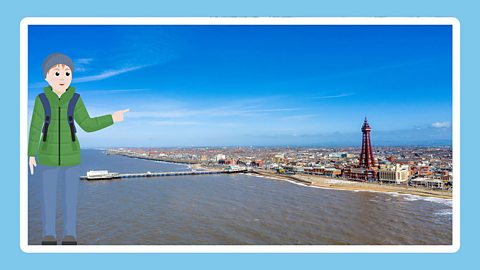
Image caption, The coast of Blackpool
Blackpool has lots of tourist attractions and activities on offer, including a theme park, three piers, and fish and chip shops.
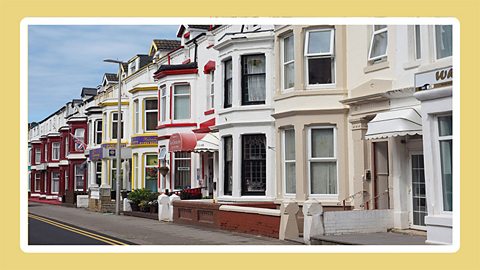
Image caption, Hotels along the seafront
As Blackpool is a very popular place to visit, there are many types of accommodation, such as hotels or B&Bs, where visitors can stay.
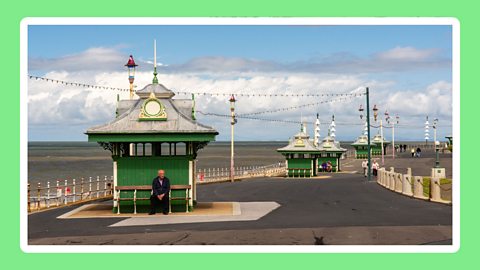
Image caption, The promenade
The coast has a number of promenades and footpaths so people can explore the area.
1 of 3
Sea defences

Sometimes, when the coast is made of soft rock, which breaks away easily and quickly, houses near the coast can flood.
Many coastal towns, such as Blackpool, have built sea defence walls to make the coast stronger and slow down the erosionWhen materials are worn away by natural forces such as water or wind..

Activities
Quiz: Blackpool or Giant's Causeway
Quiz: Coastal features
How can we generate electricity from the sea?
GREEN CLASSROOM

SATs preparation resources. activitySATs preparation resources
Get ready for the SATs papers with videos, activities, quizzes and games to refresh your knowledge and practise your skills.

More on Geography of the UK
Find out more by working through a topic
- count2 of 32
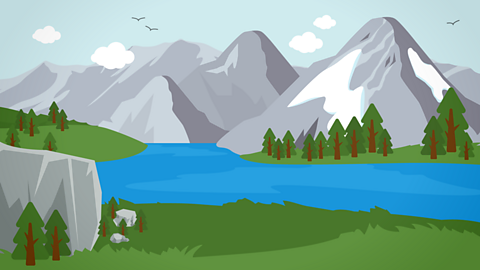
- count3 of 32
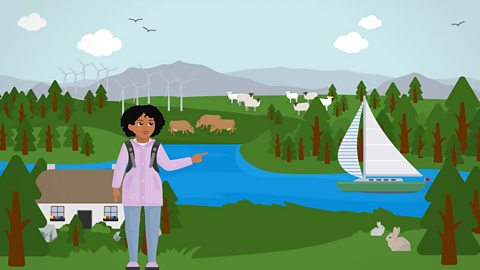
- count4 of 32
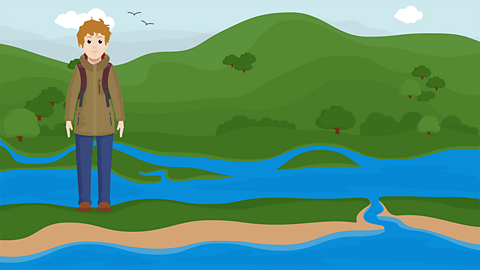
- count5 of 32
